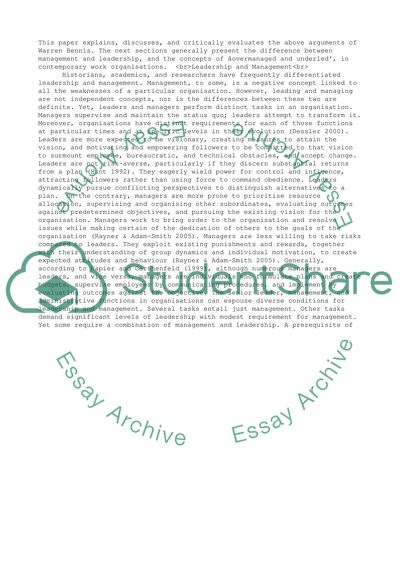Cite this document
(“Leadership Principles. Dilemma of today`s work organisations Essay”, n.d.)
Retrieved de https://studentshare.org/management/1391023-leadership-principles
Retrieved de https://studentshare.org/management/1391023-leadership-principles
(Leadership Principles. Dilemma of today`s Work Organisations Essay)
https://studentshare.org/management/1391023-leadership-principles.
https://studentshare.org/management/1391023-leadership-principles.
“Leadership Principles. Dilemma of today`s Work Organisations Essay”, n.d. https://studentshare.org/management/1391023-leadership-principles.


